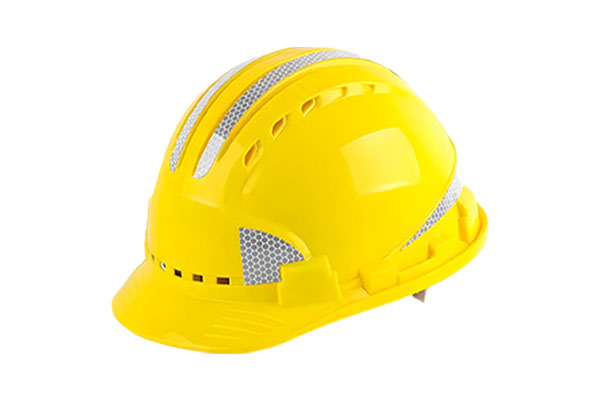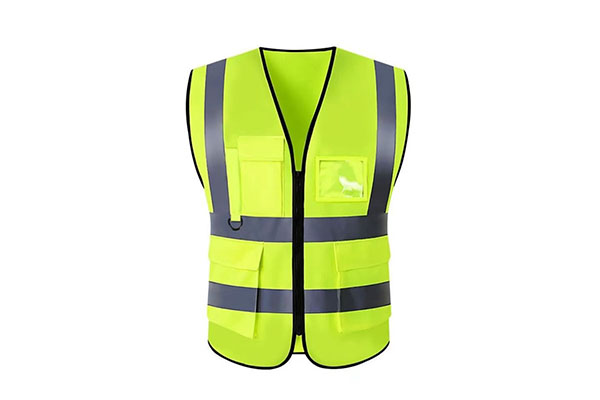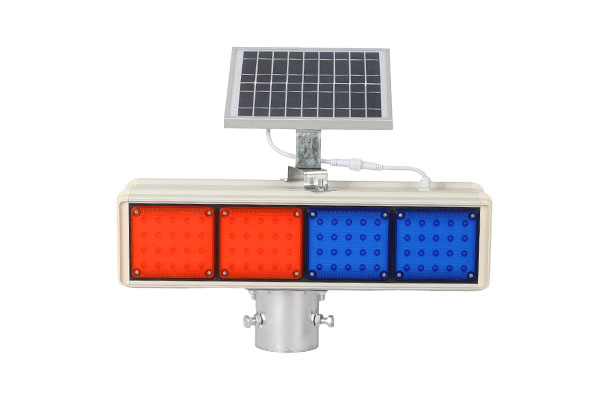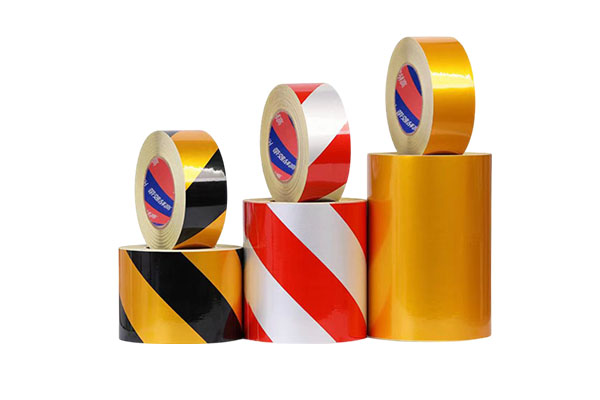How does a reflective vest balance breathability and high visibility design?
Release Time : 2025-09-15
Reflective vests play a critical role in outdoor work, traffic management, and emergency rescue scenarios. Their design must simultaneously meet two core requirements: breathability and high visibility. Breathability is directly related to the wearer's comfort and work endurance, while high visibility is a key element in ensuring safety. While these two seemingly contradictory requirements can actually be synergistically optimized through scientific design.
The key to breathability design lies in creating efficient airflow channels. Modern reflective vests often utilize mesh fabrics or three-dimensional weaving techniques, which promote air convection through clusters of tiny pores. For example, a large mesh fabric on the back creates a passive cooling effect. When the person is exercising or the wind speed increases, air can quickly penetrate the fabric and remove body heat, preventing the stuffiness caused by sweat accumulation. Some designs also feature ventilation holes in high-perspiration areas such as the chest and underarms. Combined with a lightweight lining, this further reduces the contact area between the garment and the skin and improves moisture evaporation efficiency. This design is particularly important in hot environments or during high-intensity work, effectively lowering core body temperature and alleviating fatigue.
High visibility relies on the synergy between reflective material and a fluorescent base color. Reflective strips work by retroreflecting light back toward its source, achieving a reflective efficiency far superior to that of ordinary materials. Modern reflective vests often utilize microprismatic reflective strips, which create a bright spot at night or in low-light conditions, significantly increasing visibility. Furthermore, fluorescent base colors, such as fluorescent yellow and fluorescent orange, absorb ultraviolet light during the day and convert it into visible light, enhancing color saturation and making the wearer more easily identifiable against complex backgrounds. Some designs also incorporate glow-in-the-dark markings in key areas (such as shoulders and cuffs). These markings glow continuously in the dark for hours, providing dual protection for operations in extreme environments.
Balancing breathability and high visibility requires innovative structural design. For example, a layered design with a high-density mesh outer layer and embedded reflective strips in the inner layer ensures air circulation while preventing the reflective material from detaching due to friction. Some products also feature a breathable film overlaying the reflective strips. This film features a microporous structure that allows water vapor to escape while blocking rainwater penetration, achieving waterproof and breathable properties. Furthermore, the placement of the reflective strips is carefully planned, typically covering key areas such as the chest, back, shoulders, and cuffs to ensure that light is reflected from all angles, providing 360-degree protection.
Functional details further enhance the practicality of reflective vests. Multiple pockets can be used to organize and store items such as tools, walkie-talkies, and flashlights. The pockets are optimized in position and size for easy one-handed access. Adjustable shoulder straps and waistbands accommodate different body shapes, ensuring a snug fit and preventing shifting during rapid movements. Some products also feature reflective epaulettes or detachable reflective wristbands. These add-ons not only enhance visibility but also serve as handheld tools during nighttime emergency response.
Advances in materials science are opening up new possibilities for reflective vest design. New fluorescent fabrics not only offer brighter colors but also feature UV resistance and washability, ensuring long-term high visibility. Reflective materials also boast significantly improved abrasion resistance. Specially treated products can maintain over 90% of their reflective properties even after repeated rubbing or washing. These improvements extend the product's lifespan and reduce operating costs.
In practical applications, reflective vests must be designed to meet the needs of different occupations. For example, traffic officers, who are frequently active, require lightweight and breathable vests. Construction workers, on the other hand, may come into contact with sharp objects, requiring scratch and abrasion resistance. Some high-end products also feature customized features tailored to specific industries. For example, vests designed for firefighters may include a flame-retardant coating, while those for sanitation workers may feature waterproof pockets.
Through innovative materials, structural optimization, and integrated functionality, reflective vests successfully achieve a balance between breathability and high visibility. This design not only enhances wearer comfort and safety, but also enhances practicality through user-friendly details, making it a model for modern occupational protective equipment. With the continuous advancement of technology, future reflective vests will be lighter and more intelligent, providing more comprehensive protection for workers in all walks of life.







